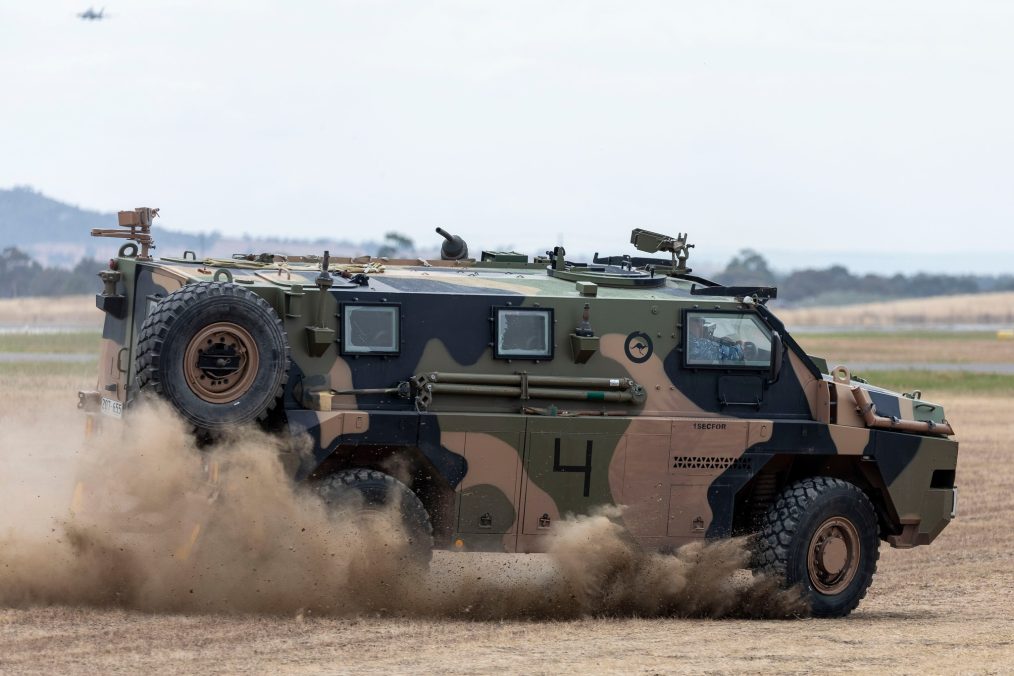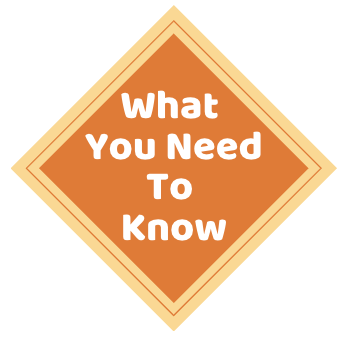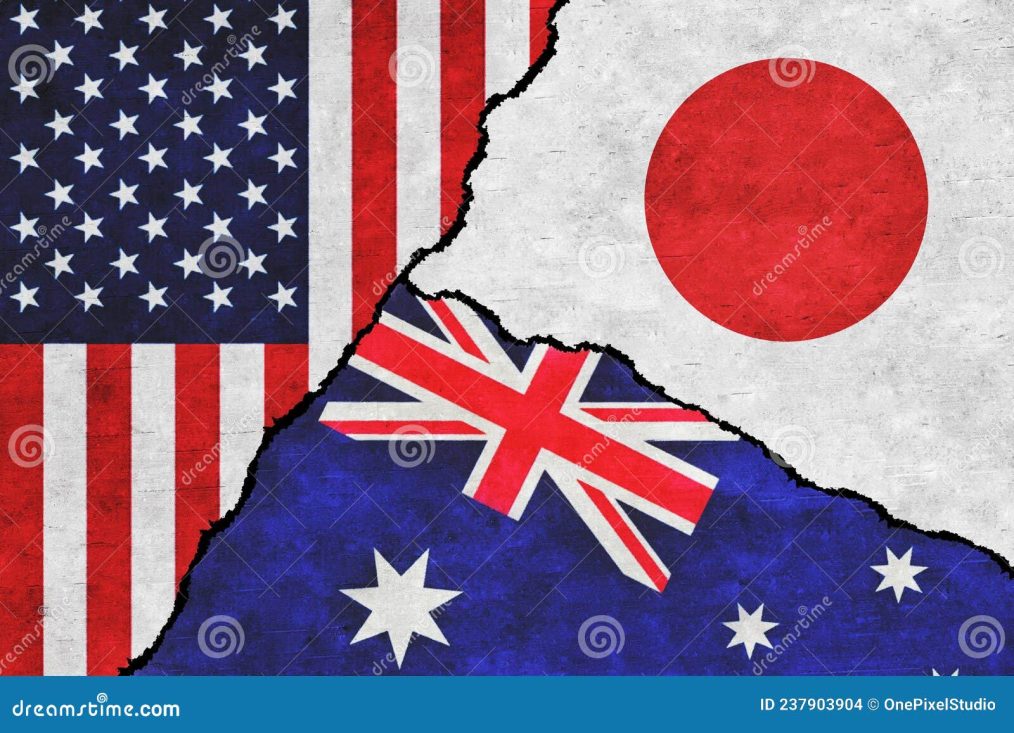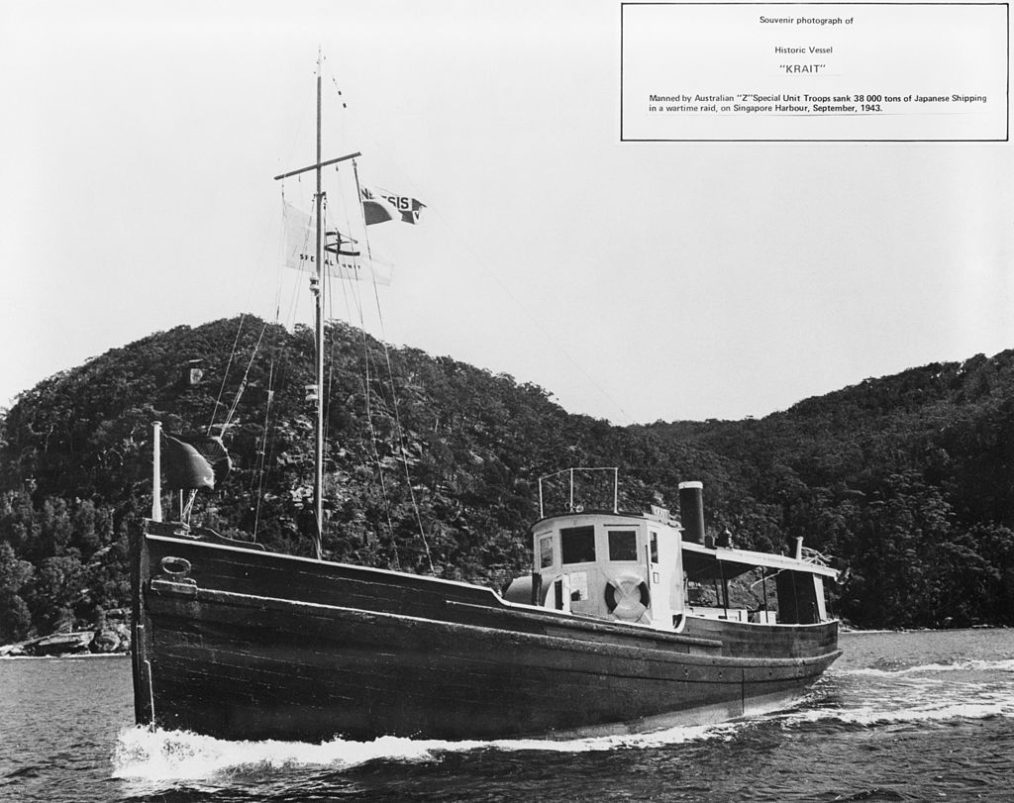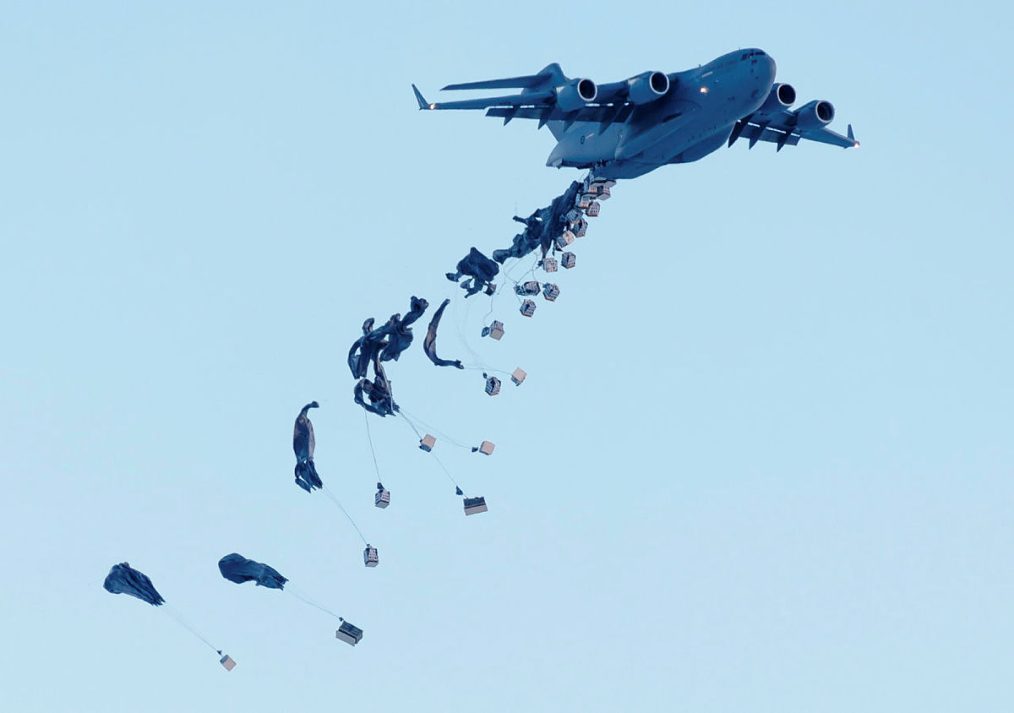A recent video titled “Bushmaster IMV in the Kursk Region, Russia. Australian Armor in Service with Air Assault Forces” offers a rare glimpse into the battlefield experiences of Ukrainian troops using Australian-donated Bushmaster vehicles. Released on 7 December by the Ukrainian government’s YouTube channel UNITED24, the feature highlights the Bushmaster’s role in missions against Russian forces in the Kursk Oblast.
In the video, Ukrainian drivers and commanders praise the Bushmaster for its design and functionality. Journalist Philip Malzahn, the interviewer, noted its elevated seating and comfort. “You sit quite high, you have a good view. Steering wheel on the right, obviously, but in war that doesn’t matter. It’s comfortable and it’s armoured,” he said. He emphasized the vehicle’s robust air conditioning system, which is essential for maintaining operability in extreme conditions.
Driver “Tur” shared his experience with the Bushmaster, highlighting its superior protection compared to older Soviet equipment. “The armour here is much better than the BTR-80s. You’re driving and all you hear is ‘ding, ding, ding’ and nothing else. Just muffled explosions somewhere, meaning the armour is good.” Tur also lauded the Bushmaster’s capacity, with up to 18 fully armed troops loading within seconds during critical missions.
Commander and gun operator “Solodki” described the advanced technology integrated into the Bushmaster. Equipped with a Belgian 7.62mm machine gun on an R400 remote weapon station by EOS, the vehicle’s thermal vision systems allow operations in day or night conditions. “You can set the module to cold or warm mode. Everything appears black, but human signatures stand out,” Solodki explained.
Since the conflict began, Australia has provided over 120 Bushmasters as part of its $1.5 billion aid to Ukraine. This assistance includes military training under Operation Kudu, air defence systems, and humanitarian support. The Bushmasters are primarily used to transport troops and provide cover, proving indispensable in Ukraine’s operations.
Australian Minister for Defence Personnel Matt Keogh reaffirmed Australia’s commitment to supporting Ukraine. “The Bushmasters are an amazing Australian technology. We’ve been very happy to provide Ukraine with these vehicles to assist in their efforts against Russia,” Keogh stated.
The video concludes with Malzahn’s observation: “Solodki and Tur are typical Ukrainian soldiers. Brave, humourous, motivated. They want the world to know the Bushmaster is now in good hands.”

